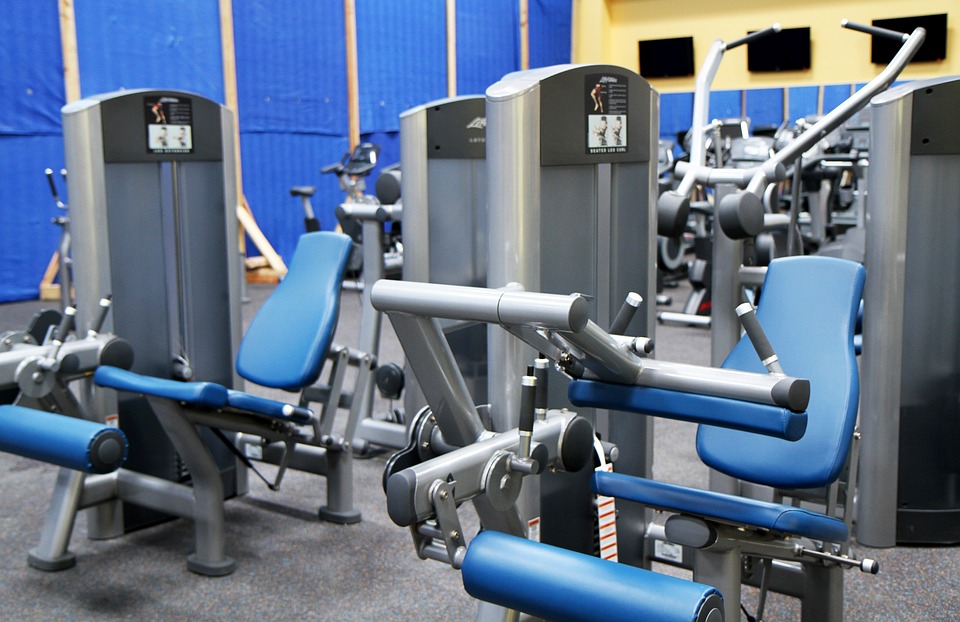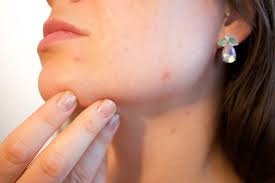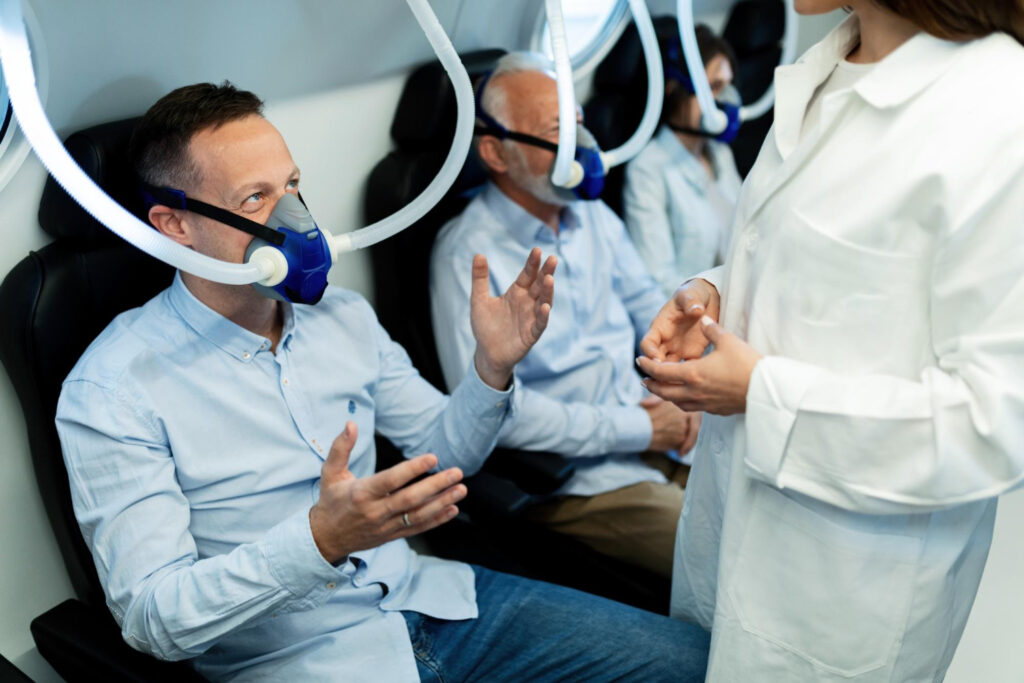
Hyperbaric Oxygen Therapy: Exploring Its Uses Beyond Diving Accidents
Hyperbaric Oxygen Therapy (HBOT) is not just a treatment reserved for divers facing the perils of deep-sea adventures. Beyond its critical role in addressing diving-related accidents, hyperbaric oxygen therapy st. paul has emerged as a fascinating option for various medical conditions. Imagine breathing pure oxygen in a pressurized chamber—sounds intriguing, right? This innovative therapy harnesses the power of oxygen to promote healing and recovery.
As we dive deeper into this topic, you’ll discover how HBOT works, its established uses for diving injuries, and its growing reputation in treating other health issues. From chronic wounds to mental health challenges, the potential applications are remarkable. Join us on this exploration of Hyperbaric Oxygen Therapy and uncover how it could change lives beyond just underwater mishaps.
Understanding How HBOT Works
Hyperbaric Oxygen Therapy operates on a simple yet powerful principle: increasing the amount of oxygen your body can absorb. In a controlled chamber, the atmospheric pressure is raised higher than usual. This environment allows your lungs to take in more oxygen than they would under typical conditions. When you breathe pure oxygen at this heightened pressure, it dissolves into your blood plasma and tissues. This process enhances the delivery of oxygen to areas with reduced blood flow or damage. The increased availability of oxygen promotes healing and regeneration at a cellular level. It stimulates the production of new blood vessels and supports tissue repair, making it valuable for various medical applications beyond diving incidents.
Common Uses of HBOT for Diving Accidents
Hyperbaric Oxygen Therapy (HBOT) is best known for its critical role in treating diving accidents. When divers ascend too quickly, nitrogen bubbles can form in their bloodstream, leading to decompression sickness. This condition can be life-threatening and requires immediate attention. HBOT provides pure oxygen at higher than normal atmospheric pressure, helping reduce these harmful gas bubbles. As a result, the treatment promotes faster healing of tissues and enhances blood flow. It also aids in reducing inflammation and preventing further complications from the incident.
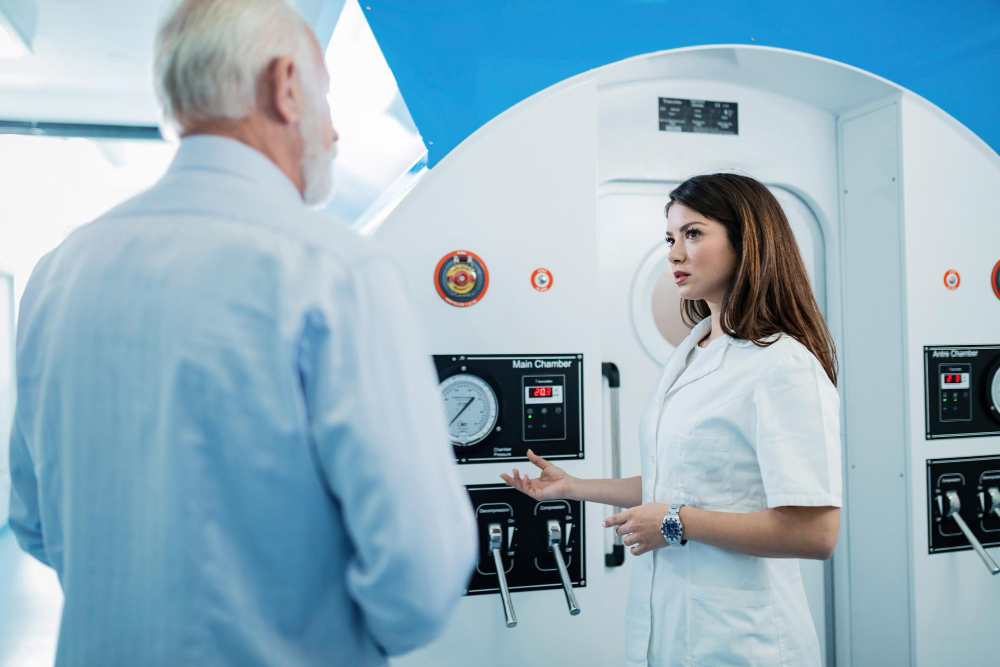
Expanding Horizons: Other Medical Conditions Treated with HBOT
Hyperbaric Oxygen Therapy (HBOT) is gaining traction beyond its well-known applications in treating diving accidents. This innovative approach offers potential benefits for various medical conditions. One notable use of HBOT is in the treatment of chronic wounds, especially diabetic ulcers. The increased oxygen presence enhances healing by promoting new blood vessel formation and reducing inflammation. Conditions like carbon monoxide poisoning can also be effectively addressed with HBOT. The therapy removes toxins from the bloodstream while restoring normal oxygen levels. Furthermore, athletes are exploring HBOT for faster recovery from injuries. Improving tissue repair and reducing muscle fatigue, may provide them with an edge during training sessions or competitions. Emerging research indicates that this therapy could play a role in managing radiation injuries and even certain types of infections. As studies continue to unfold, the possibilities appear promising for many seeking alternative health solutions.
Conclusion
The future of Hyperbaric Oxygen Therapy (HBOT) looks promising as research expands its potential applications. As more studies emerge, the medical community is excited about HBOT’s role in treating various conditions beyond diving accidents. With ongoing advancements and increasing interest from both patients and healthcare providers, Hyperbaric Oxygen Therapy may very well carve out a significant niche in holistic health approaches moving forward.…


 Starting your fitness journey with a slow and steady approach allows you to build a solid foundation. This groundwork is crucial for long-term success. Focusing on the basics, you develop essential skills that will serve you well as you progress. When beginners rush into intense workouts, they often skip over fundamental movements. Mastering these basic exercises—like squats and push-ups—ensures proper form and technique. This enhances effectiveness and sets the stage for more complex routines later on. Additionally, strengthening core muscles provides stability during various activities.
Starting your fitness journey with a slow and steady approach allows you to build a solid foundation. This groundwork is crucial for long-term success. Focusing on the basics, you develop essential skills that will serve you well as you progress. When beginners rush into intense workouts, they often skip over fundamental movements. Mastering these basic exercises—like squats and push-ups—ensures proper form and technique. This enhances effectiveness and sets the stage for more complex routines later on. Additionally, strengthening core muscles provides stability during various activities. Consistency is the bedrock of any successful fitness journey. When you start slow, you allow yourself to build healthy habits that stick. This approach makes it easier to integrate exercise into your daily routine. Instead of overwhelming yourself with intense workouts that may leave you feeling drained, focus on manageable sessions. These short bursts of activity are less daunting and more sustainable over time. Moreover, consistent effort leads to gradual improvements. Small gains in strength or endurance might motivate you further.
Consistency is the bedrock of any successful fitness journey. When you start slow, you allow yourself to build healthy habits that stick. This approach makes it easier to integrate exercise into your daily routine. Instead of overwhelming yourself with intense workouts that may leave you feeling drained, focus on manageable sessions. These short bursts of activity are less daunting and more sustainable over time. Moreover, consistent effort leads to gradual improvements. Small gains in strength or endurance might motivate you further.

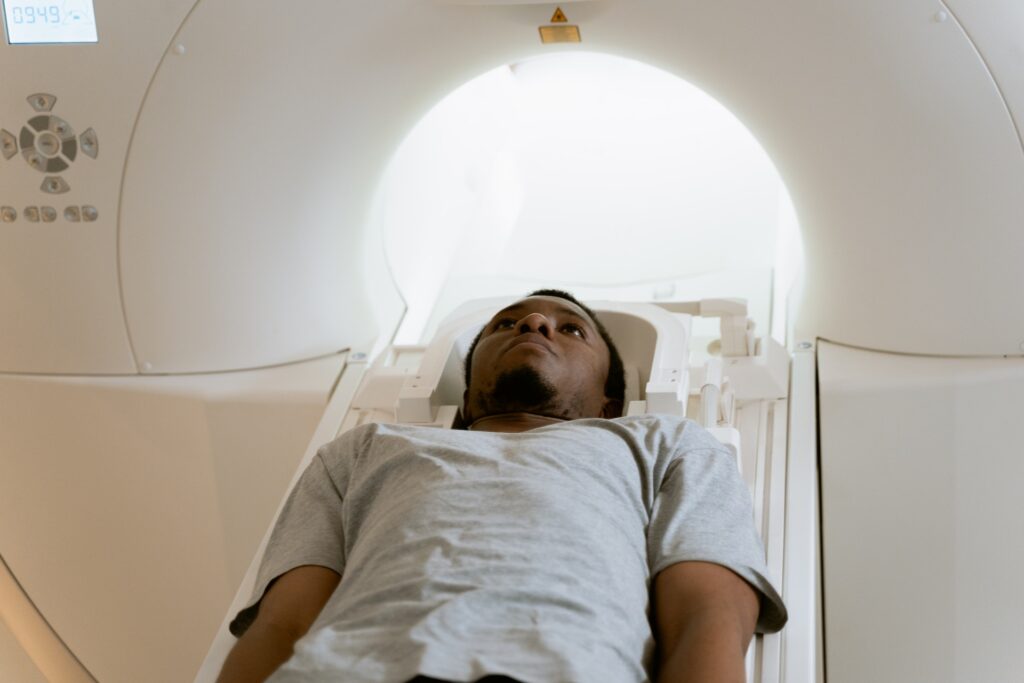




 Yoga, an ancient practice that combines physical postures with deep breathing and meditation, is beneficial for your overall well-being and can greatly improve your sleep quality. Incorporating yoga into your daily routine can effectively reduce stress and anxiety levels, which are common culprits behind poor sleep. One of the main reasons why yoga promotes better sleep is its ability to relax both the mind and body. The gentle stretching and controlled movements in yoga poses help release tension from muscles and joints, allowing you to unwind before bedtime. Additionally, practicing mindfulness during yoga sessions cultivates a sense of calmness and tranquility that carries over into your sleeping patterns. If you want to engage in yoga, you should first know about yoga for beginners.
Yoga, an ancient practice that combines physical postures with deep breathing and meditation, is beneficial for your overall well-being and can greatly improve your sleep quality. Incorporating yoga into your daily routine can effectively reduce stress and anxiety levels, which are common culprits behind poor sleep. One of the main reasons why yoga promotes better sleep is its ability to relax both the mind and body. The gentle stretching and controlled movements in yoga poses help release tension from muscles and joints, allowing you to unwind before bedtime. Additionally, practicing mindfulness during yoga sessions cultivates a sense of calmness and tranquility that carries over into your sleeping patterns. If you want to engage in yoga, you should first know about yoga for beginners. Regular exercise is not only beneficial for physical health, but it also plays a crucial role in improving sleep quality. Regular physical activity helps regulate your body’s internal clock and promotes better sleep patterns. Exercise has been shown to increase the production of endorphins, which are natural chemicals that help reduce stress and promote feelings of well-being. By reducing stress levels, exercise can alleviate symptoms of anxiety or depression that may interfere with restful sleep. Additionally, aerobic exercises such as jogging or swimming increase heart rate and body temperature during the workout. This rise in core body temperature signals the brain to initiate a drop in temperature later on, promoting better-quality sleep.
Regular exercise is not only beneficial for physical health, but it also plays a crucial role in improving sleep quality. Regular physical activity helps regulate your body’s internal clock and promotes better sleep patterns. Exercise has been shown to increase the production of endorphins, which are natural chemicals that help reduce stress and promote feelings of well-being. By reducing stress levels, exercise can alleviate symptoms of anxiety or depression that may interfere with restful sleep. Additionally, aerobic exercises such as jogging or swimming increase heart rate and body temperature during the workout. This rise in core body temperature signals the brain to initiate a drop in temperature later on, promoting better-quality sleep. There are various options to explore when it comes to improving
There are various options to explore when it comes to improving 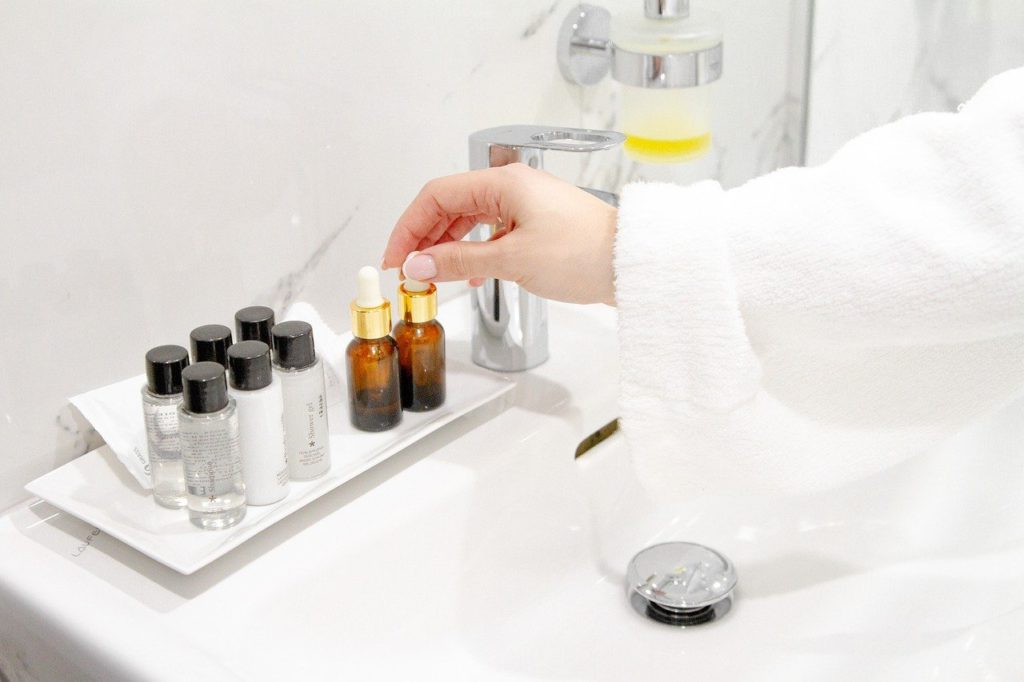
 Organic vegan skin care products are also free of harmful fragrances, dyes, and parabens. These ingredients are often used in conventional skin care products to make them smell good or look pretty. But they can actually be detrimental to your skin health. They can cause skin irritation, dryness, and even breakouts. So if you’re looking for a way to improve your skin health, switching to organic vegan skin care products is a great option.
Organic vegan skin care products are also free of harmful fragrances, dyes, and parabens. These ingredients are often used in conventional skin care products to make them smell good or look pretty. But they can actually be detrimental to your skin health. They can cause skin irritation, dryness, and even breakouts. So if you’re looking for a way to improve your skin health, switching to organic vegan skin care products is a great option.

 Aside from swimming, many scientists believe cycling is one of the best exercises for those on a keto diet. That’s because cycling is a low-impact workout that helps you burn a lot of calories. In fact, one study found that cyclists who exercised for two hours burned more than twice the calories compared to those who didn’t exercise at all. In fact, cycling is so effective that it’s often recommended as a workout for those trying to lose weight.
Aside from swimming, many scientists believe cycling is one of the best exercises for those on a keto diet. That’s because cycling is a low-impact workout that helps you burn a lot of calories. In fact, one study found that cyclists who exercised for two hours burned more than twice the calories compared to those who didn’t exercise at all. In fact, cycling is so effective that it’s often recommended as a workout for those trying to lose weight. We can’t talk about exercises for the keto diet without mentioning yoga. Yoga is a great way to help you lose weight and get into ketosis because it helps improve your flexibility, balance, and muscle strength. In fact, one study found that people who did yoga for just 30 minutes a day lost more weight than those who didn’t exercise at all. And since yoga can be done anywhere, it’s an excellent workout for those who don’t have access to a gym.
We can’t talk about exercises for the keto diet without mentioning yoga. Yoga is a great way to help you lose weight and get into ketosis because it helps improve your flexibility, balance, and muscle strength. In fact, one study found that people who did yoga for just 30 minutes a day lost more weight than those who didn’t exercise at all. And since yoga can be done anywhere, it’s an excellent workout for those who don’t have access to a gym.
 When trying to flatten your tummy after a mommy makeover, you need to be extra careful about the foods you eat. Keeping your meals nutritious and balanced is vital to provide your body with the vitamins and minerals it needs to heal properly. At the same time, you want to avoid eating foods high in fat and calories, as these can contribute to weight gain. Instead, focus on eating, fresh fruits, lean protein, vegetables, and whole grains.
When trying to flatten your tummy after a mommy makeover, you need to be extra careful about the foods you eat. Keeping your meals nutritious and balanced is vital to provide your body with the vitamins and minerals it needs to heal properly. At the same time, you want to avoid eating foods high in fat and calories, as these can contribute to weight gain. Instead, focus on eating, fresh fruits, lean protein, vegetables, and whole grains. Lastly, be sure to follow your doctor’s post-operative instructions carefully. This will help ensure that you heal correctly and avoid any complications. For example, you may need to wear a compression garment for a few weeks or refrain from strenuous activity for several weeks. Don’t hesitate to contact your doctor if you have any questions or concerns.
Lastly, be sure to follow your doctor’s post-operative instructions carefully. This will help ensure that you heal correctly and avoid any complications. For example, you may need to wear a compression garment for a few weeks or refrain from strenuous activity for several weeks. Don’t hesitate to contact your doctor if you have any questions or concerns.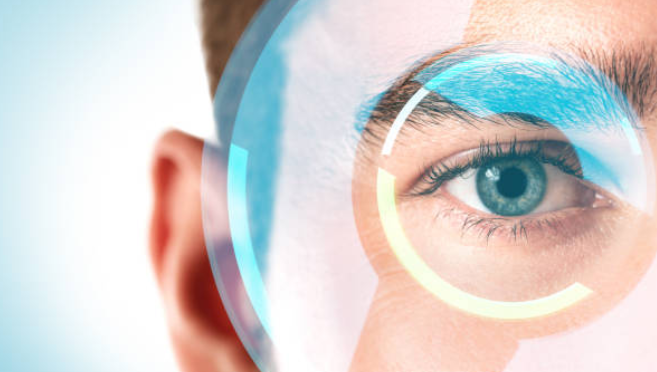
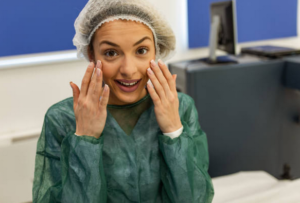


 The main elements for promotiong
The main elements for promotiong  Due to the added energy from the pre-workout supplements, you can train harder, longer, and faster than you ordinarily do. Better gym performance means burning more calories and building more muscle, allowing you to attain fitness and health goals efficiently.
Due to the added energy from the pre-workout supplements, you can train harder, longer, and faster than you ordinarily do. Better gym performance means burning more calories and building more muscle, allowing you to attain fitness and health goals efficiently. 
 Gaining weight can increase pressure in your arteries and veins, which in the long run can be very detrimental to your heart health. Accumulation of fat in arteries means your heart has to put in some extra work to pump blood all over the body. Eventually, you can develop low blood pressure and even be at risk of suffering from heart disease.
Gaining weight can increase pressure in your arteries and veins, which in the long run can be very detrimental to your heart health. Accumulation of fat in arteries means your heart has to put in some extra work to pump blood all over the body. Eventually, you can develop low blood pressure and even be at risk of suffering from heart disease. When you gain some weight, the testosterone levels in your body reduce. Testosterone is a hormone that is responsible for your libido. Gaining weight increases the levels of sex hormone-binding globulin (SHBG), consequently reducing testosterone levels. Embarking on a weight-loss routine can help boost testosterone which in turn enhances the sexual drive.
When you gain some weight, the testosterone levels in your body reduce. Testosterone is a hormone that is responsible for your libido. Gaining weight increases the levels of sex hormone-binding globulin (SHBG), consequently reducing testosterone levels. Embarking on a weight-loss routine can help boost testosterone which in turn enhances the sexual drive. Having poor sleep might be a result of having excess weight. Research indicates that overweight people are at high risk of suffering from sleep apnea, which disrupts breathing patterns when sleeping. When you gain excess weight, fat can accumulate on your neck, which blocks your airways.
Having poor sleep might be a result of having excess weight. Research indicates that overweight people are at high risk of suffering from sleep apnea, which disrupts breathing patterns when sleeping. When you gain excess weight, fat can accumulate on your neck, which blocks your airways.
 What is the difference between grass-fed and other sources of beef? According to Butcher Box review, there is no clear-cut difference between different sources of beef. However, grass-fed tends to be more natural, considering that cattle are meant to graze on grass. That said, here are some top benefits offered by grass-fed beef.
What is the difference between grass-fed and other sources of beef? According to Butcher Box review, there is no clear-cut difference between different sources of beef. However, grass-fed tends to be more natural, considering that cattle are meant to graze on grass. That said, here are some top benefits offered by grass-fed beef.
 It Tastes Better
It Tastes Better
 MK 677 Ibutamoren increases the rate of protein is synthesis in the body. It also boosts nitrogen retention in your muscles, which aids in muscle development and repair. This not only helps you work out harder; it also enables you to get back to training within a short time. As opposed to steroids, which leave bodybuilders anxious about losing their muscles after use, things are different with MK 677. It makes the body burn fat instead of muscles and glycogen, and hence the user stays pumped.
MK 677 Ibutamoren increases the rate of protein is synthesis in the body. It also boosts nitrogen retention in your muscles, which aids in muscle development and repair. This not only helps you work out harder; it also enables you to get back to training within a short time. As opposed to steroids, which leave bodybuilders anxious about losing their muscles after use, things are different with MK 677. It makes the body burn fat instead of muscles and glycogen, and hence the user stays pumped. Ibutamoren increases metabolism in the body, which is critical for
Ibutamoren increases metabolism in the body, which is critical for  To Improve Sleep Quality
To Improve Sleep Quality
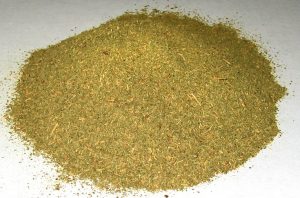 There are different types of Kratom plants with different strains providing various benefits. Even if white Borneo Kratom comes from a specific Kratom plant, it is crucial to understand that it offers a high concentration, energy, and endurance to users. Ideally, it is a relative of the coffee category since it almost has the same benefits, such as sharpened mental functions, reduced fatigue, and alertness.
There are different types of Kratom plants with different strains providing various benefits. Even if white Borneo Kratom comes from a specific Kratom plant, it is crucial to understand that it offers a high concentration, energy, and endurance to users. Ideally, it is a relative of the coffee category since it almost has the same benefits, such as sharpened mental functions, reduced fatigue, and alertness.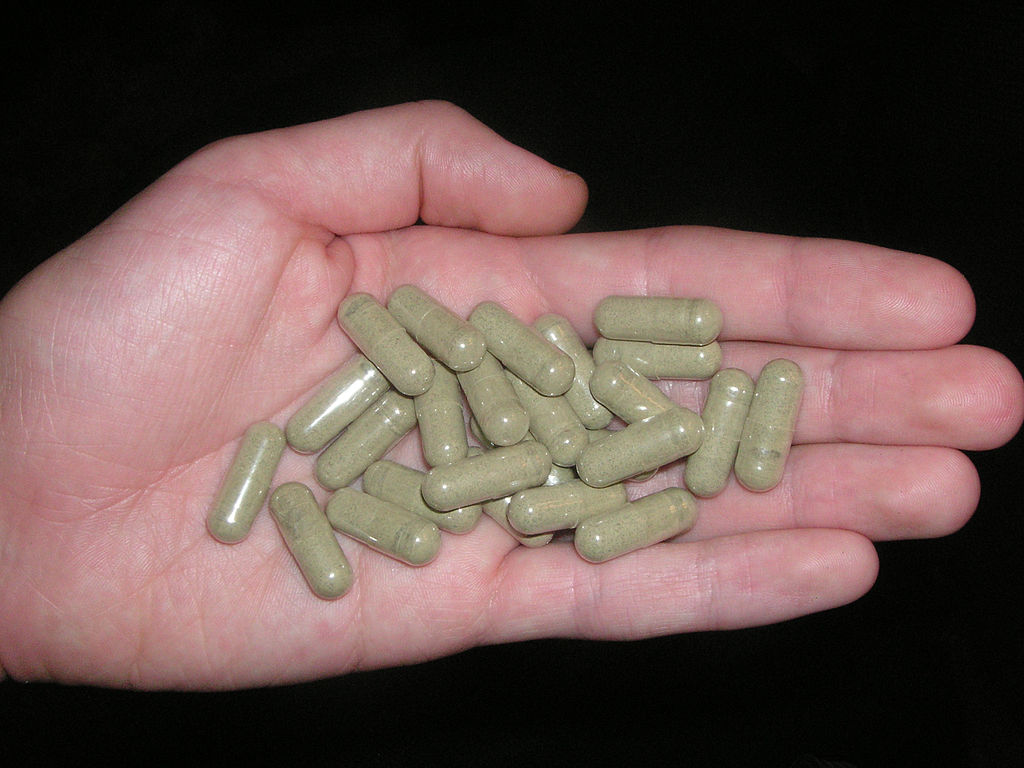




 If you have any of these medical conditions listed below, you are not allowed to take SARMs:
If you have any of these medical conditions listed below, you are not allowed to take SARMs: There are many types of SARMs: Ligandrol, Ostarine, Testolone, and YK11. The first three have the same purpose, which is to boost your muscle gain in the shortest time possible. YK11 is unique because many users have reported that it is the strongest among the four, and it can even increase your bone density.
There are many types of SARMs: Ligandrol, Ostarine, Testolone, and YK11. The first three have the same purpose, which is to boost your muscle gain in the shortest time possible. YK11 is unique because many users have reported that it is the strongest among the four, and it can even increase your bone density. 
 you want to purchase. There are manufacturers known to produce drugs that are not effective. Read reviews from various sites to understand which brands are the best. You can also get recommendations from people who have managed to use these supplements. Let them tell you the best brands in the market.…
you want to purchase. There are manufacturers known to produce drugs that are not effective. Read reviews from various sites to understand which brands are the best. You can also get recommendations from people who have managed to use these supplements. Let them tell you the best brands in the market.…
 We have said that this is a smart drug and due to this reason, you should know how to use it. However, you cannot just wake up one day and start using this type of drug. At some time, your doctor can ask you to use based on your current condition. Once you have purchased this type of a smart drug, make sure that you go through a guide provided by your pharmacist before using it. If you have any questions concerning the usage, make sure to ask your pharmacist or doctor.
We have said that this is a smart drug and due to this reason, you should know how to use it. However, you cannot just wake up one day and start using this type of drug. At some time, your doctor can ask you to use based on your current condition. Once you have purchased this type of a smart drug, make sure that you go through a guide provided by your pharmacist before using it. If you have any questions concerning the usage, make sure to ask your pharmacist or doctor.
 One of the most visible signs of aging is muscle wasting. As a person is aging, physical activity is lessened, which is the leading cause of muscle wasting or muscle atrophy among older people. One of the more common symptoms is the disproportional size of the right and left limbs.
One of the most visible signs of aging is muscle wasting. As a person is aging, physical activity is lessened, which is the leading cause of muscle wasting or muscle atrophy among older people. One of the more common symptoms is the disproportional size of the right and left limbs. Faster Recovery from Injury
Faster Recovery from Injury
 Toned Muscles
Toned Muscles Cycling can be a fun way of breaking away from everyday stressors. The fact that you can have some fun while cycling has been shown to help individuals struggling with stress. Riding on the woods, on the other hand, brings you closer to nature which also helps in bringing stress levels down. If you or someone you know is suffering from a stress-related disorder, you can always recommend biking as an alternative treatment.
Cycling can be a fun way of breaking away from everyday stressors. The fact that you can have some fun while cycling has been shown to help individuals struggling with stress. Riding on the woods, on the other hand, brings you closer to nature which also helps in bringing stress levels down. If you or someone you know is suffering from a stress-related disorder, you can always recommend biking as an alternative treatment.





 As a matter of fact, nutrients are often the most undermined subject among people who want to get in shape. They think that by beating themselves up with intense workouts alone can get them the sculpted body they’ve wanted. In reality, such a mindset will bring only harms to your body. If you eat inadequately, muscle atrophy, excessive fatigues, episodic cramps, and injuries are several risks that you will face.
As a matter of fact, nutrients are often the most undermined subject among people who want to get in shape. They think that by beating themselves up with intense workouts alone can get them the sculpted body they’ve wanted. In reality, such a mindset will bring only harms to your body. If you eat inadequately, muscle atrophy, excessive fatigues, episodic cramps, and injuries are several risks that you will face. Intensity and consistency are two spirits that you must have on your mind. Allocating one day for three hours of working out is not a wise decision. In fact, if you plan to do an intense workout without consistency, you only put yourself at risk of injuries. It is better if you schedule five days, 1 hour each, for your exercise.
Intensity and consistency are two spirits that you must have on your mind. Allocating one day for three hours of working out is not a wise decision. In fact, if you plan to do an intense workout without consistency, you only put yourself at risk of injuries. It is better if you schedule five days, 1 hour each, for your exercise.